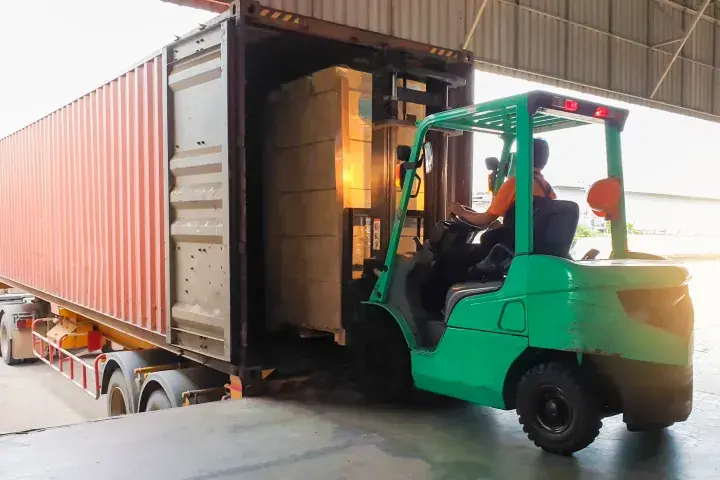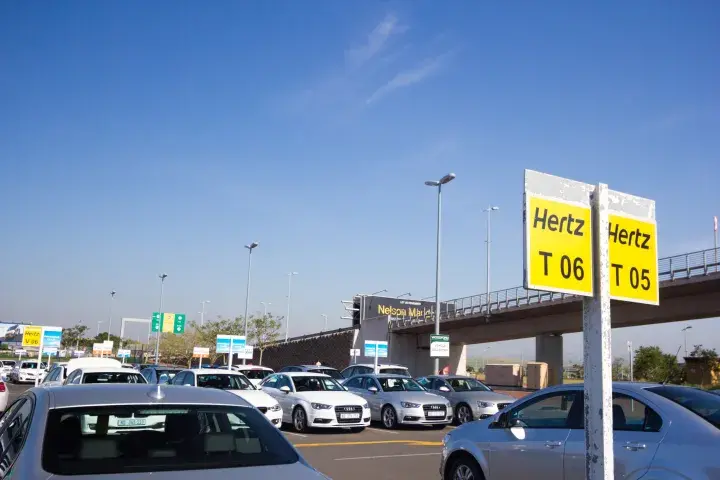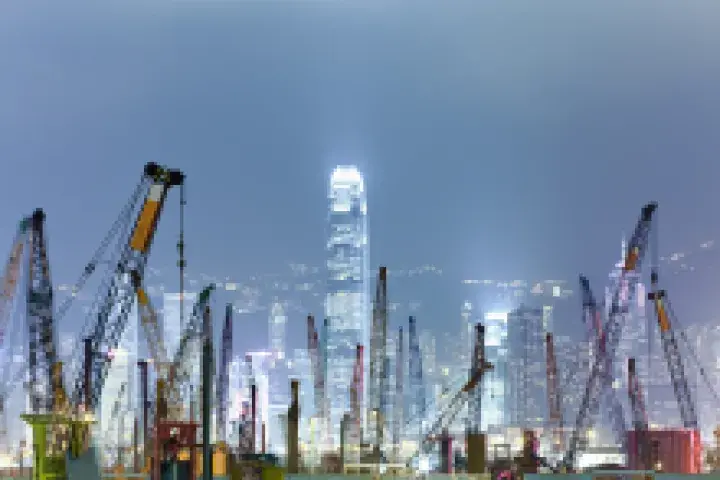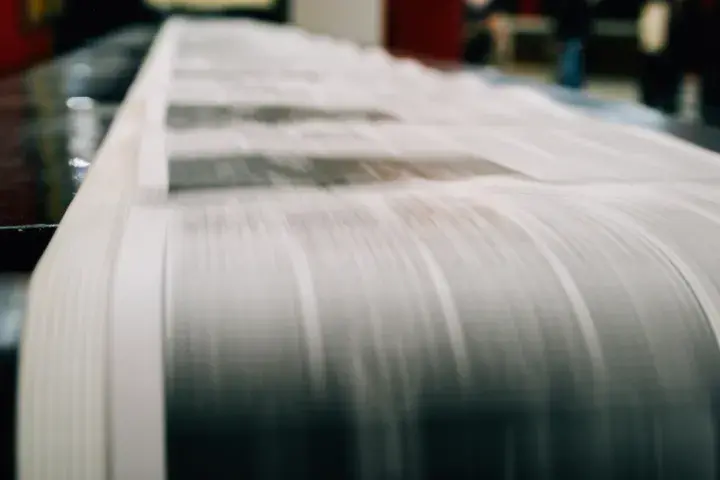Nearly 30 percent of Australia's public companies in our CreditRiskMonitor global directory are at a FRISK® score which indicates an elevated level of bankruptcy risk in 2018. Supply chain professionals must know that even in a strong Australian economy, risk exists in plenty of industries.
Resources
Stay ahead of public company risk with our bankruptcy case studies, high risk reports, blogs and more.


When something stinks with public companies, we know best. The fertilizer market in both China and India are both rife with odious companies at heightened risk of bankruptcy.

The median U.S. supplier has reduced capital expenditures into property, plant, and equipment and has increased their total debt-to-asset burden in the last two years. Such action creates pitfalls in supply chains, especially in the age of COVID-19.

Trucking industry bellwethers, including UPS, FedEx, and Amazon, continue to enjoy steady delivery volumes and pricing power. Yet their collective lack of forward guidance reflects an industry with uncertainty, particularly for underperforming truckers.

Dining-out traffic trends are showing persistent weakness. If you are working with a restaurant chain that has a weak capital structure, you should implement strategies to reduce risk or otherwise face the possibility of serious financial loss.

As the world grapples with a new surge of COVID-19 infections, it is worth revisiting Hertz Global Holdings’ bankruptcy and what their tribulation should teach you about other distressed travel names in your portfolio.

India is an attractive market to penetrate due to its low operating costs and a diverse selection of companies in hot industries like technology - but with more than 1,000 public companies in the FRISK® "red zone," there's big-time risk in bringing business east.

Property development represents about 30% of China’s GDP. Ongoing defaults could eventually convert into bankruptcy filings that would shake up the industry - and subsequently rock markets in the West.

The McClatchy Company and The New York Times represent two ends of the financial risk spectrum in the newspaper industry, highlighting the need for vigilance.